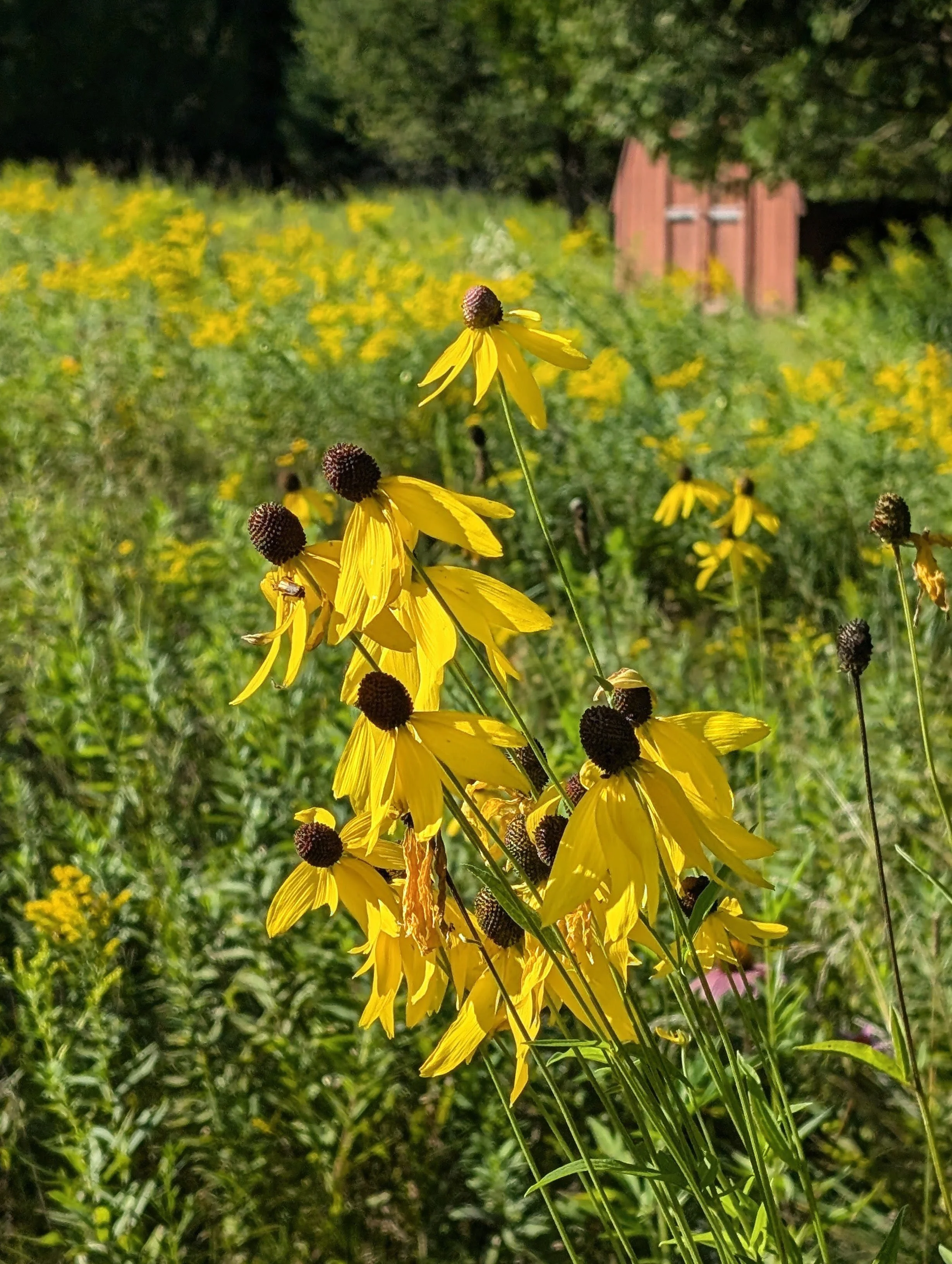Bloom: early to late summer
Habitats: areas along railroads (especially where remnant prairies occur); clay prairies; limestone glades; moist to slightly dry black soil prairies; thickets; woodland borders
Lifespan: perennial
Moisture: mesic (tolerates moist to slightly dry)
Plant type (height): forb (up to 4 feet)
Requirements: full sun (tolerates partial sun)
Soil: clay-loam; loam (tolerates many kinds of soils)
